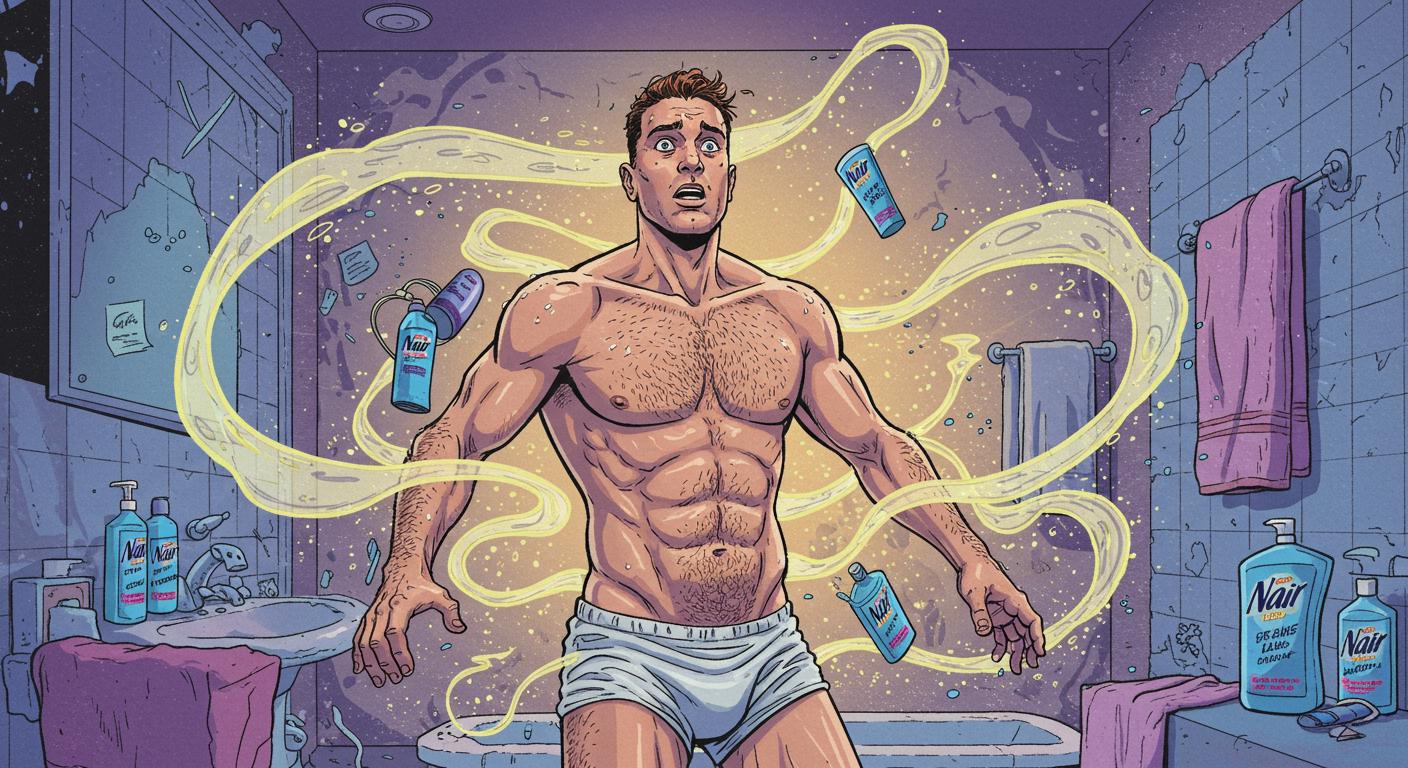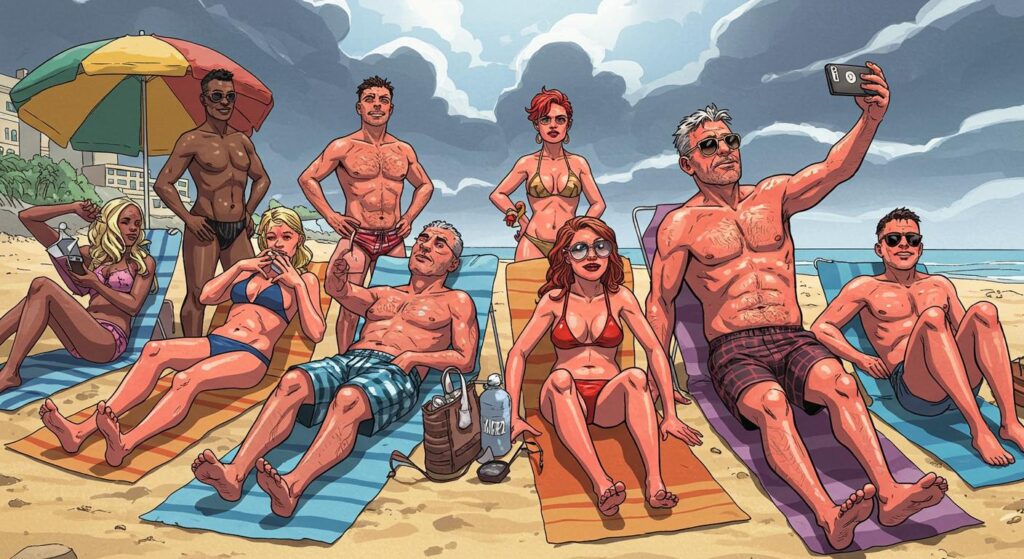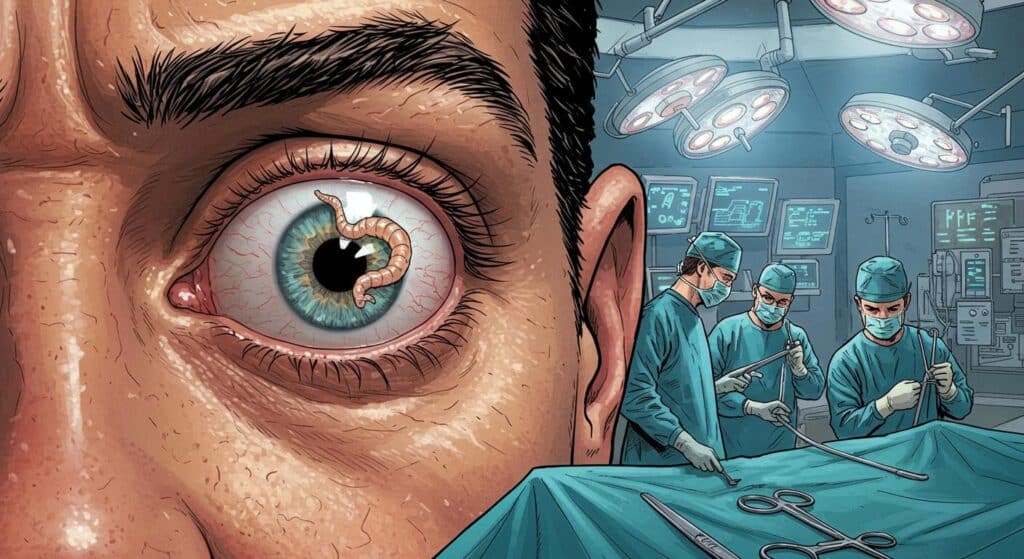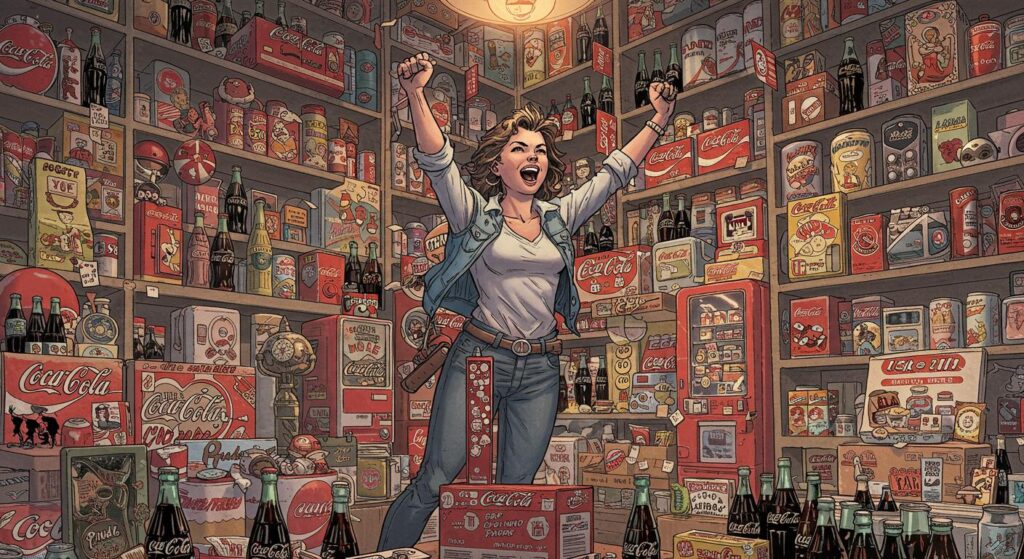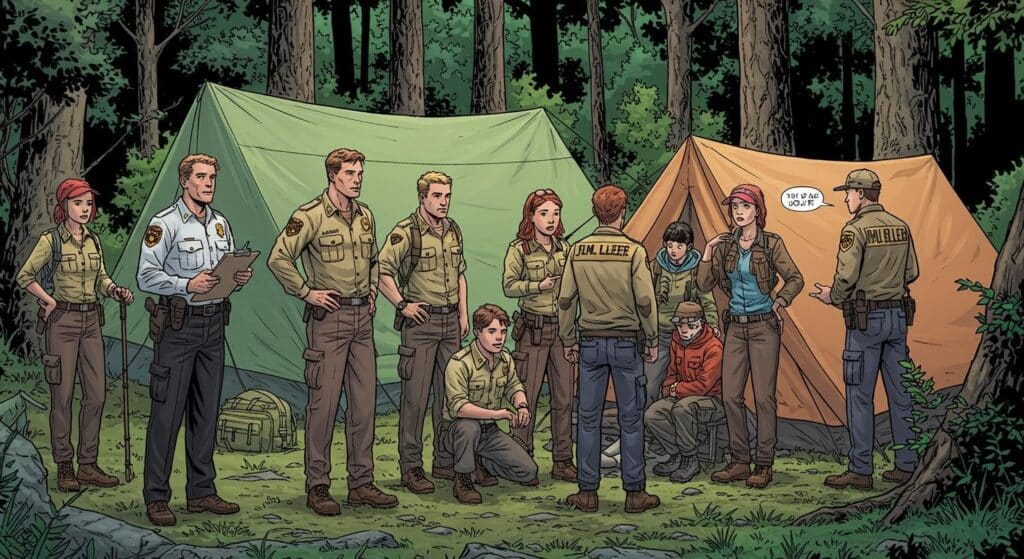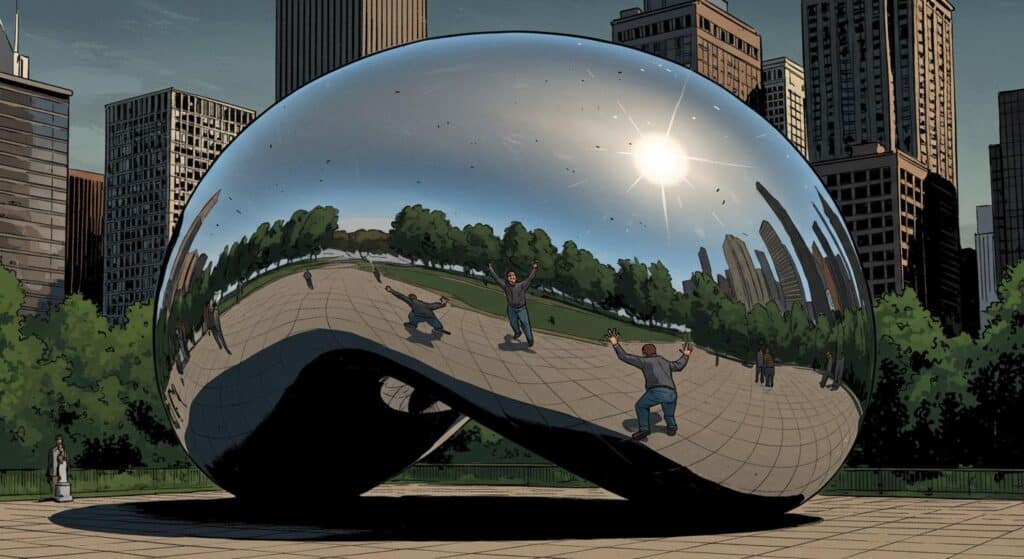If anyone needed confirmation that internet culture sometimes repeats warnings for good reason, look no further than this week’s entry from reality television. Reality Shrine describes how reality star Brandi Glanville—known from Real Housewives and Traitors—attempted to banish a supposed facial parasite by applying hair removal cream to her face, only to end up dealing with severe chemical burns and an unanticipated science experiment gone awry.
The DIY Spiral: Parasites, Peels, and Pain
According to Reality Shrine, Glanville’s ordeal began back in 2023, when she started experiencing symptoms that disfigured her face and was clinically diagnosed with stress-induced angioedema, a condition marked by facial swelling. Yet, despite the medical explanation, Glanville became convinced her symptoms stemmed from a facial parasite—a theory lacking medical support but persistent enough that she nicknamed the fictional invader “Caroline.”
In a detail tucked into the latest chapter of this saga, the reality star decided to tackle the alleged parasite by applying Nair—a product well-known for its powerful hair-melting properties, but, as the label and life experience usually suggest, not meant for facial exfoliation. Sharing her burned visage on TikTok, Glanville joked, “Nair is the fountain of youth. But I overdid it,” and described a sensation of being “on fire” after leaving the cream on for seven minutes. The outlet documents her follow-up attempts to ease the burning with a concoction of aloe, cucumber, and black tea, delivered via spray bottle and a freezer treatment—a home remedy that sounds one part spa, three parts survival tactic.
Earlier in the report, it’s mentioned that Glanville’s pursuit of a solution had previously landed her in the hospital. She’d posted on social media about intense pain and immobility that left her unable to move her head or neck, ultimately calling 911 and enduring a lengthy emergency room wait. Despite these episodes, and an ongoing absence of evidence for any real parasite, Glanville’s commitment to unconventional solutions hasn’t wavered. Is it defiance, desperation, or just another episode in the evolving series of influencer “life hacks”?
The Internet’s Unofficial Guide to Doing The Opposite
There’s a curious irony in seeing a public figure inadvertently confirm the warnings printed in bold on every bottle of hair removal cream. As described in Reality Shrine, the situation reads half cautionary tale, half performance art. Is this just another symptom of the influencer era’s experimental approach to self-care, or an inevitable outgrowth of unsolved health mysteries meeting infinite internet suggestions? Either way, the incident is a jolt of clarity amid a landscape where the line between recommendation and warning blurs alarmingly fast.
What’s impressive, in its own odd way, is Glanville’s ability to reframe the mishap with self-deprecating humor. Who else would try to spin chemical burns as an affordable stand-in for laser peels? But does that levity dull the warning for viewers, or make it more memorable? The answer might depend on whether you take beauty advice from TikTok or from product safety labels.
At the intersection of curiosity and caution lies a lesson older than the Internet itself: just because you can do something doesn’t mean you should. Read the label, trust your dermatologist over celebrity “hacks,” and remember—sometimes the only thing revealed by peeling back a layer is that the instructions were there for a reason. As for “Caroline,” the imaginary hitchhiker, she remains firmly un-ejected, proving some guests just can’t take a hint. Who, after all, would have predicted that in 2025, Nair would trend as the latest anti-aging elixir—at least for a day?

